Understanding LAN Wire Color Codes: A Guide by TMT Global Technology Ltd for Sahil Global Communication Co, Saudi Arabia
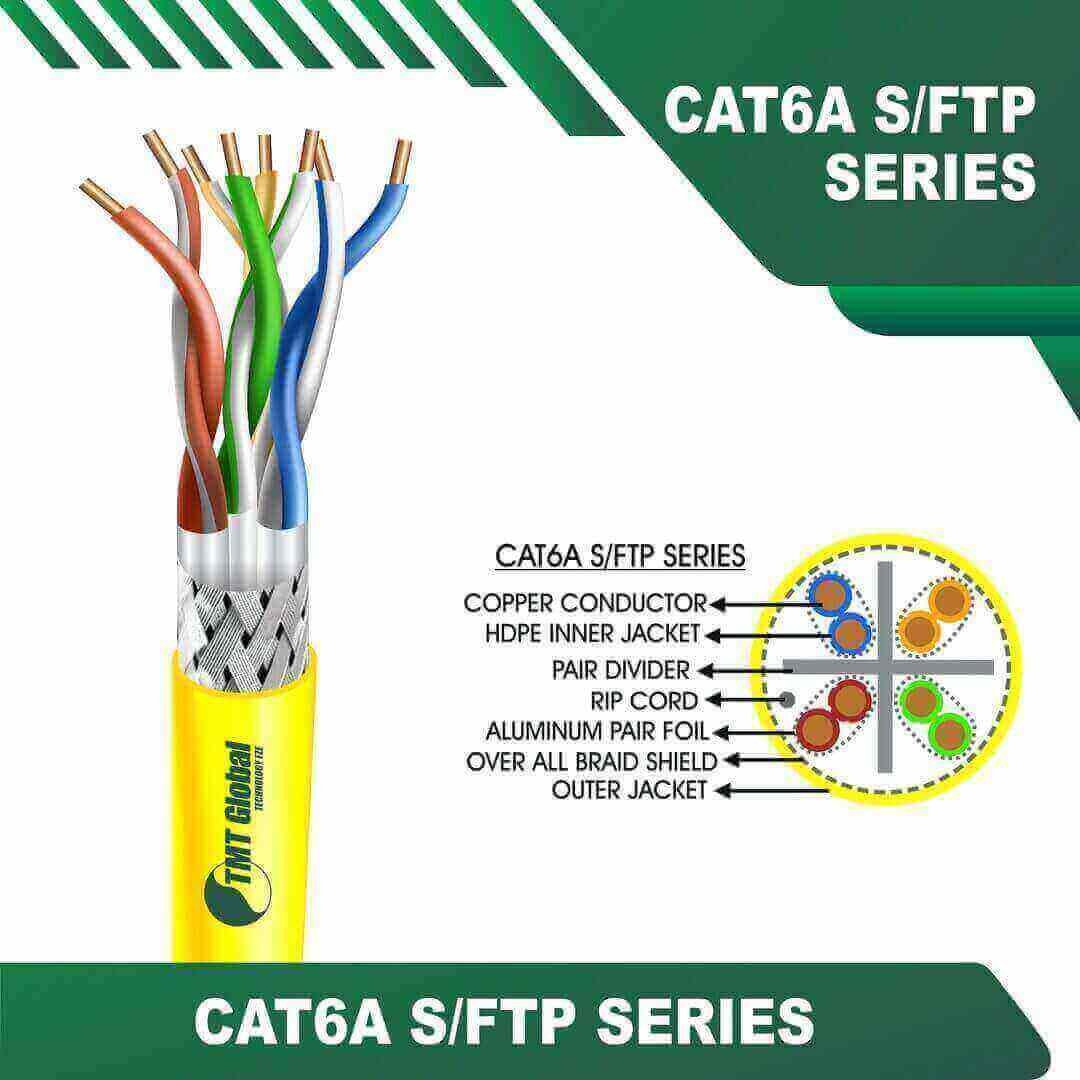
Introduction to LAN Cables
Local Area Network (LAN) cables are essential components in the realm of network connectivity, facilitating the transfer of data between computers and devices within a localized area. Commonly referred to as Ethernet cables, these wires are crucial for establishing reliable and efficient communication networks in both domestic and commercial environments. By creating a wired link between devices such as computers, routers, and switches, LAN cables ensure that data can be transmitted swiftly and securely.LAN Wire Color Codes
The design and structure of LAN cables consist of multiple pairs of twisted wires, typically 8, which significantly reduce electromagnetic interference and enhance data transmission quality. The prevalence of LAN cables in various settings underscores their importance; they serve as the backbone of home networks, allowing seamless connectivity for multiple devices like laptops, smartphones, and gaming consoles. In commercial spaces, LAN cables are equally vital, as they support more extensive network configurations that can accommodate numerous devices and varying bandwidth requirements.
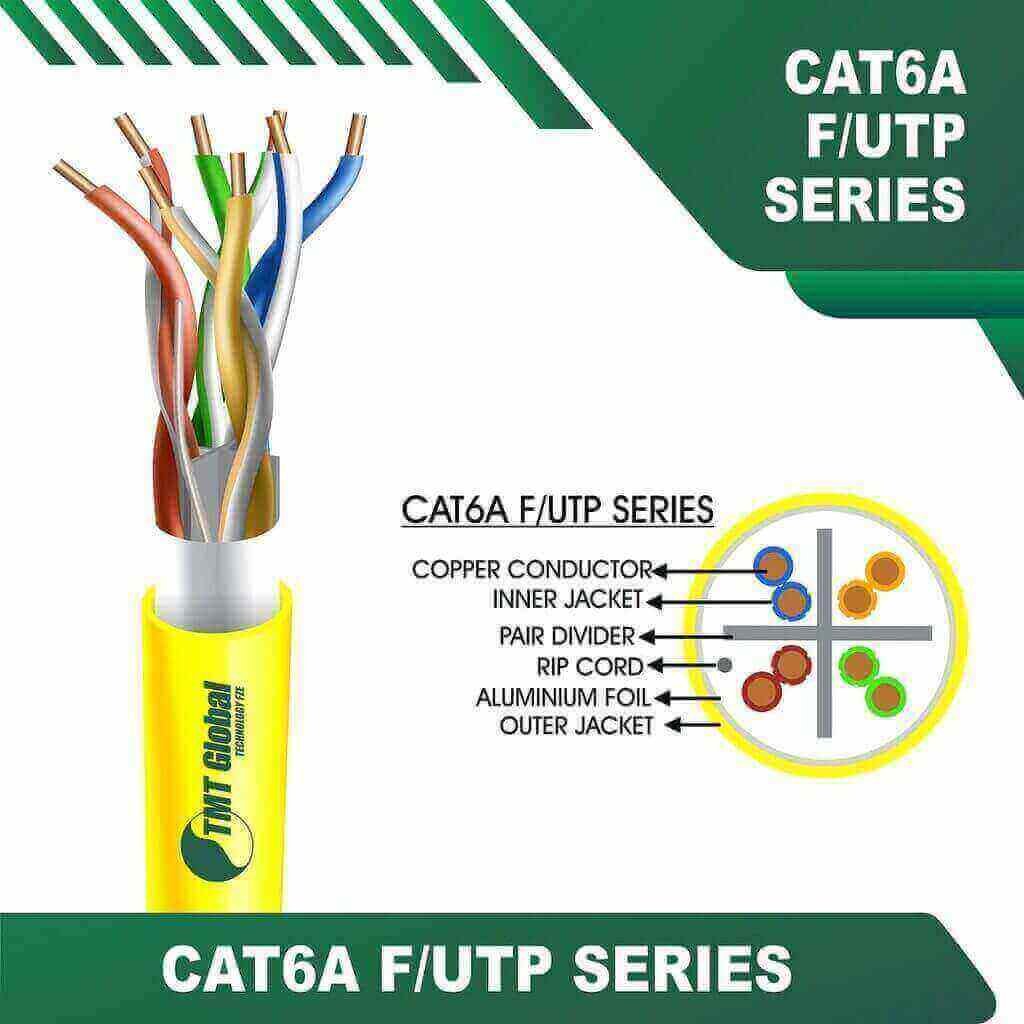
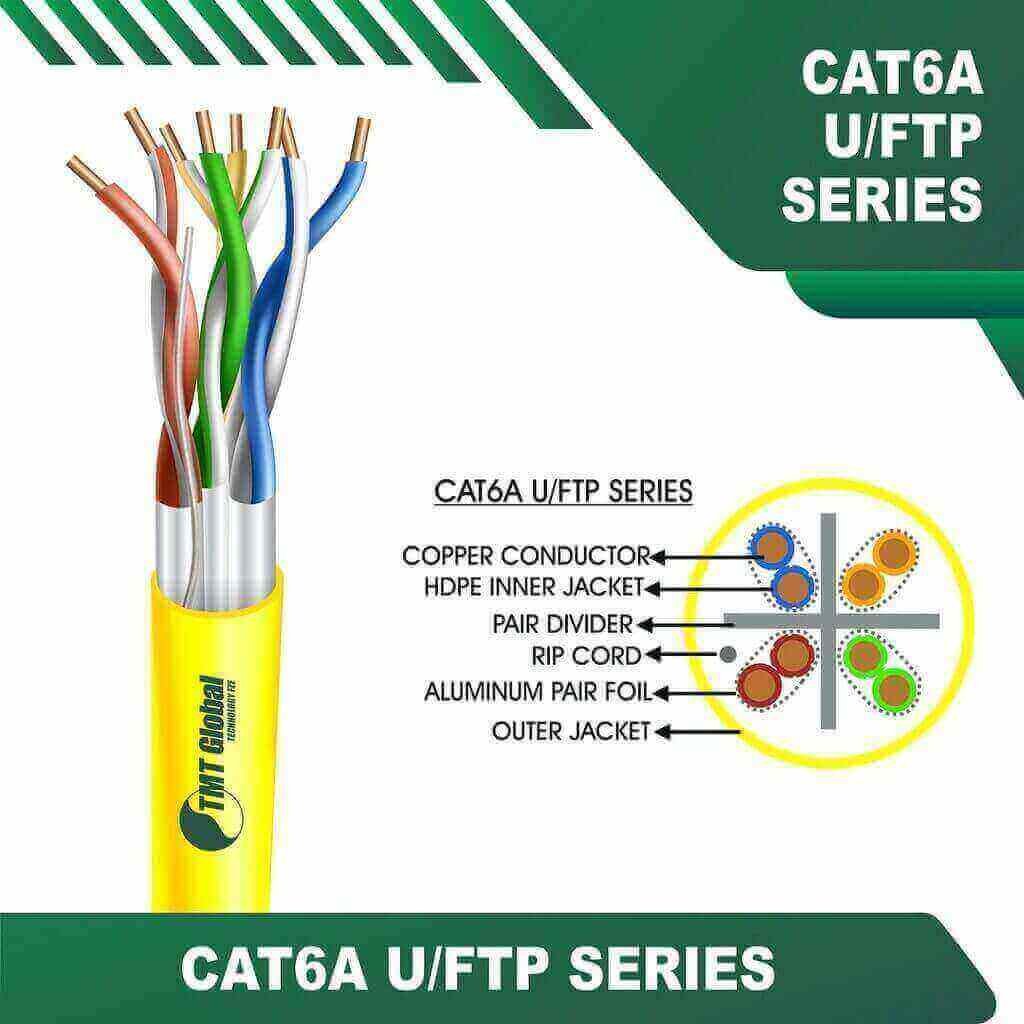
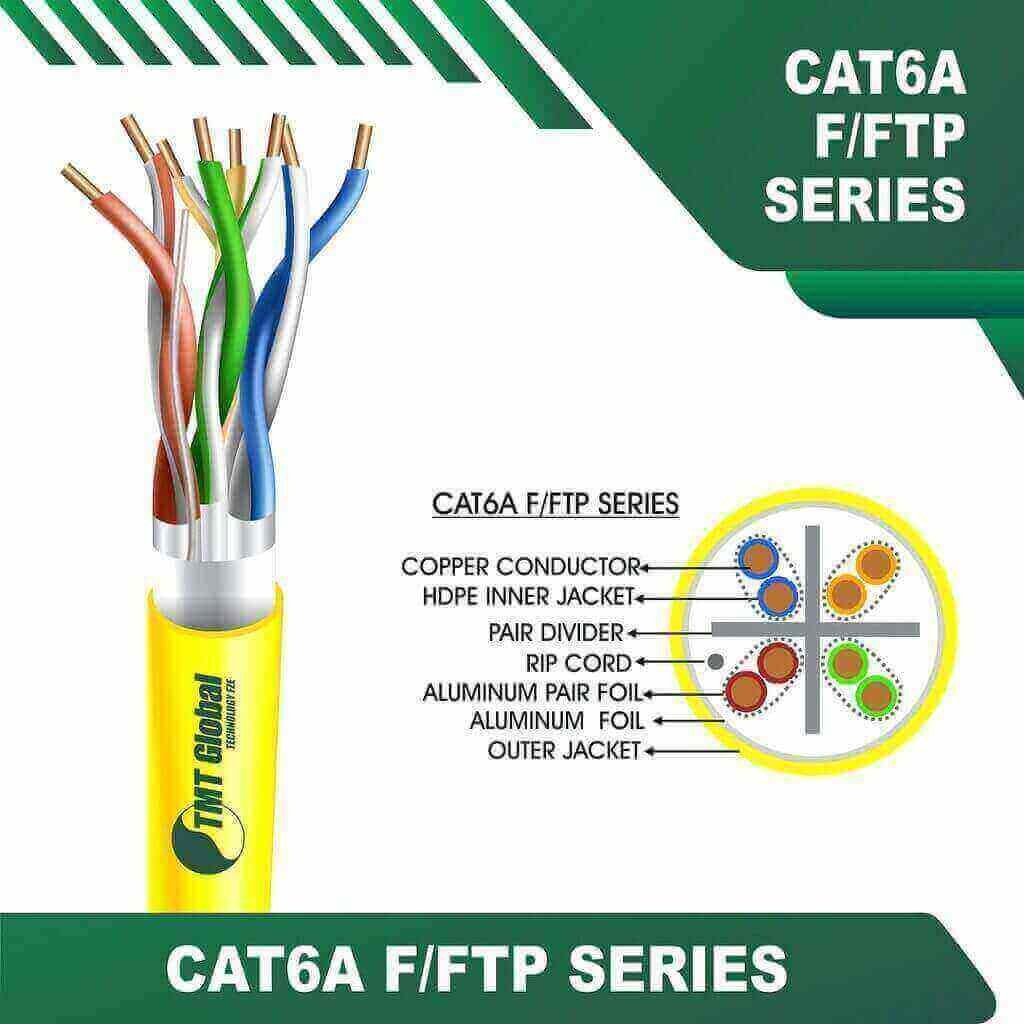
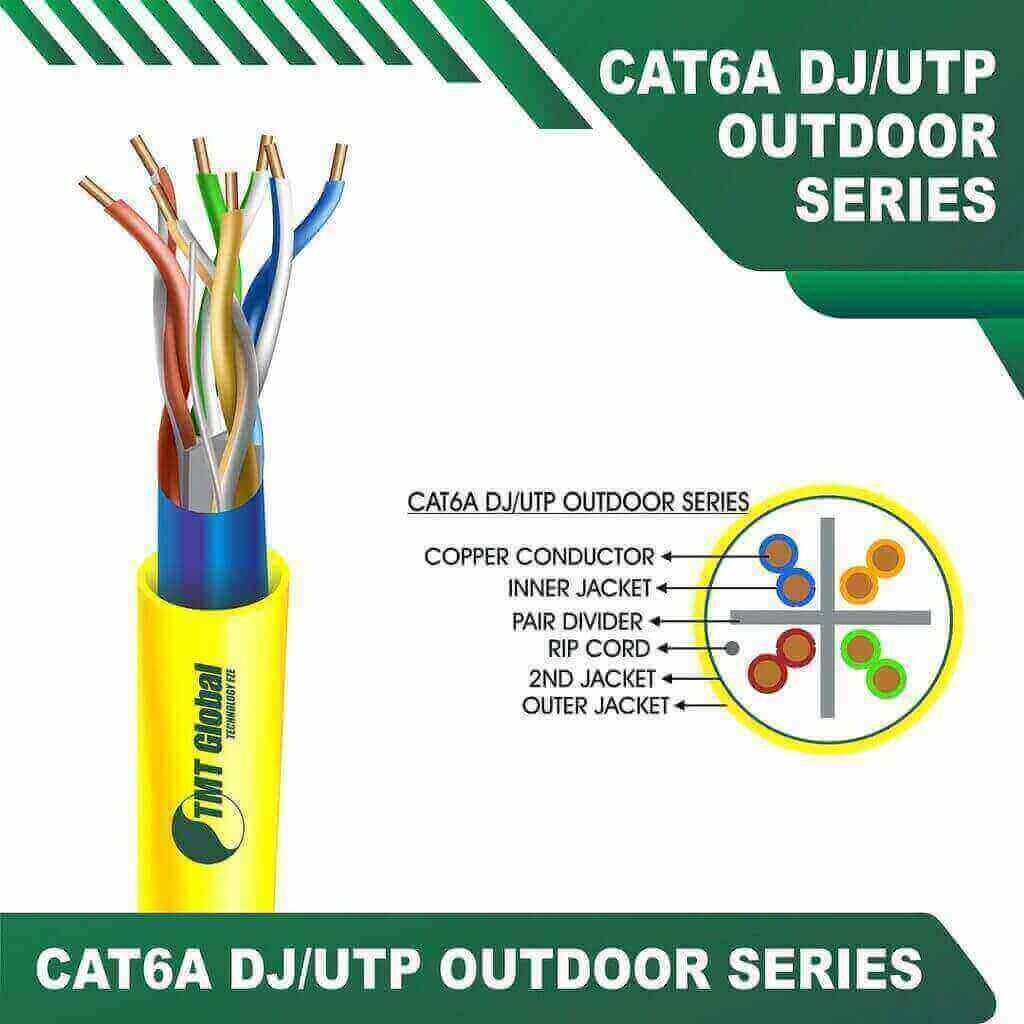
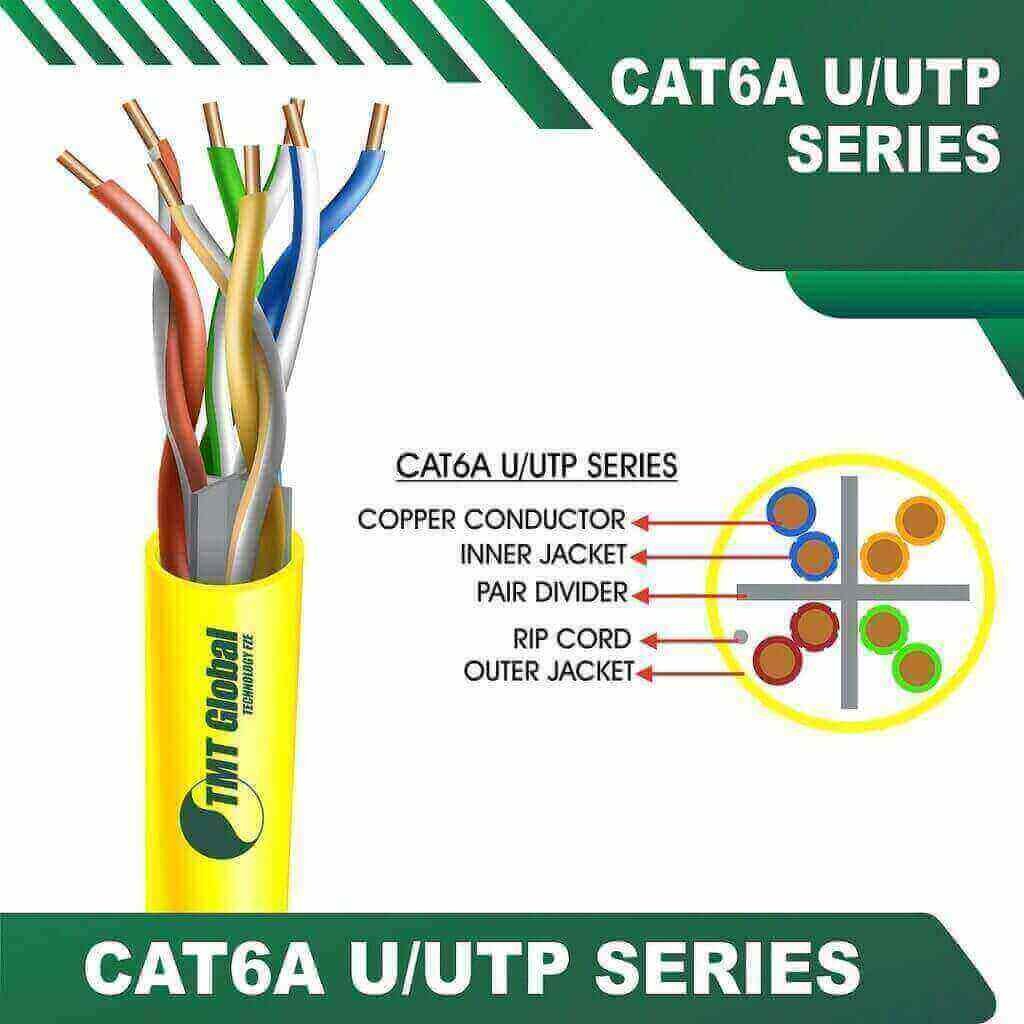
An essential aspect of LAN cable assembly is the color coding of the individual wires within the cable. This color coding plays a critical role in ensuring that network connections are correctly established. Each color corresponds to specific wiring standards, such as T568A and T568B, which dictate the arrangement of the wires. Proper adherence to these standards prevents connectivity issues and ensures optimal network performance. Understanding the significance of color coding is therefore paramount for network technicians and anyone involved in setting up or troubleshooting network configurations.
As we delve deeper into the subject, it is crucial to explore the various color codes and the implications they have on network functionality. With a firm grasp of LAN cables and their color codes, one can better maintain and optimize network systems, paving the way for improved connectivity in both personal and professional settings.
The Role of TMT Global Technology Ltd
TMT Global Technology Ltd has established itself as a prominent leader within the realm of LAN cable manufacturing. With years of experience and a dedicated focus on high-quality production, the company has built a reputation for expertise and innovation in providing reliable LAN wire solutions. Base in Saudi Arabia, TMT Global Technology Ltd offers a diversified portfolio of products tailored to meet the evolving demands of the telecommunications industry.
The company is committed to maintaining rigorous standards in quality control, ensuring that every LAN cable produced meets performance expectations. By integrating advanced technology and manufacturing techniques, TMT Global Technology Ltd is able to create LAN cables that exhibit superior durability, efficiency, and functionality. This dedication to excellence not only fosters customer satisfaction but also contributes to the overall advancement of communication infrastructure.
In addition to quality, TMT Global Technology Ltd places a strong emphasis on innovation. By continuously investing in research and development, the company stays ahead of industry trends and can offer cutting-edge LAN wire solutions that are both cost-effective and reliable. Their products are designed to support various networking configurations, enhancing connectivity for businesses and individuals alike.
Moreover, TMT Global Technology Ltd prides itself on its commitment to customer service. By working closely with partners such as Sahil Global Communication Co in Saudi Arabia, the company ensures that its LAN wire products are tailored to meet local market needs. This collaboration exemplifies their dedication to providing not just products, but comprehensive solutions that empower their customers to thrive in an increasingly interconnected world.
In essence, TMT Global Technology Ltd stands as a symbol of quality, innovation, and reliability in the LAN cable manufacturing industry, making it a trusted partner for businesses seeking top-notch networking solutions.
Understanding Color Codes
Color coding is a critical aspect of local area network (LAN) cable management, as it plays a significant role in ensuring proper connectivity and functionality. The ANSI/TIA-568 standards provide a comprehensive framework that governs the color codes used in Ethernet cables. These guidelines are essential for both the installation and maintenance of network cables, as they help minimize the risk of mishaps such as cross-wiring or misconnections, thereby improving overall network integrity.
Under the ANSI/TIA-568 standards, there are distinct color-coded pairs within the Ethernet cables which serve specific functions. Typically, a standard Ethernet cable contains four pairs of twisted wires, each with a unique color scheme. The pairs are usually identified by their dominant color and stripe: blue with a white-blue stripe, orange with a white-orange stripe, green with a white-green stripe, and brown with a white-brown stripe. Each of these pairs is designed to support differential signaling, reducing interference and enhancing data transmission reliability.
Applying these color codes correctly is vital when terminating cables, as it ensures that the cables function as intended. In addition, using the ANSI/TIA-568-B specification for wiring both ends of the cable in accordance with the same color code will guarantee that the devices connected through the cable communicate effectively. Without adherence to these standardized color codes, one risks creating a tangled web of connections that not only disrupts service but could potentially lead to costly troubleshooting and repair efforts.
Thus, understanding and implementing the ANSI/TIA-568 color code standards are essential for anyone involved in the installation and management of LAN cables. By following these guidelines, network professionals can maintain the integrity of their networks and ensure efficient performance across various applications.
Color Code Specifications
TMT Global Technology Ltd adheres to the established color code standards to ensure efficient and effective data transmission through its Local Area Network (LAN) cables. These standards, namely T568A and T568B, define the wiring protocols that help maintain consistent communication in networking environments. Understanding these specifications is crucial for professionals working with LAN installations.
Starting with the T568A wiring standard, the color codes for the twisted pairs are as follows: the first pair consists of white with green stripes and solid green; the second pair features white with orange stripes and solid orange; the third pair is denoted by white with brown stripes and solid brown; and the fourth pair includes white with blue stripes and solid blue. Each color represents a specific function in the network, where the green pair primarily serves data transmission, while the orange, brown, and blue pairs support various roles in signaling and auxiliary communications.
In contrast, the T568B standard utilizes a slightly different color scheme. The pairs are laid out as follows: the first includes white with orange stripes and solid orange; the second includes white with green stripes and solid green; the third utilizes white with blue stripes and solid blue; and the fourth pair consists of white with brown stripes and solid brown. T568B is predominately used in American installations, making it important for technicians to choose the correct standard for compatibility. Understanding these color codes is essential for ensuring proper connectivity and minimizing data loss.
Each color-coded wire serves a specific purpose in the overall functionality of the LAN, helping to manage data packets and enhance network performance. Proper adherence to these standards not only simplifies troubleshooting but also improves reliability across network infrastructures.
Installation Best Practices
Installing Local Area Network (LAN) cables according to established color codes is crucial for ensuring optimal performance and minimizing interference. The proper installation of these cables, alongside adherence to TMT Global Technology Ltd’s guidelines, can significantly enhance the networking experience. Here are best practices to consider while installing LAN cables.
First and foremost, familiarize yourself with the color codes used in the wiring process. Typically, the T568A and T568B standards exist, each dictating specific color arrangements for the wires within the cable. Select one standard and adhere to it throughout the installation to avoid compatibility issues. Consistency is key in LAN cabling, so ensuring all connections reflect the chosen color code will help improve network integrity.
Minimizing interference is another critical factor in the installation process. Keep the LAN cables away from potential sources of electromagnetic interference (EMI), such as fluorescent lights, motors, or any high-voltage equipment. Implementing proper cable management techniques can also minimize signal degradation. Use cable trays or raceways to organize and secure the cables neatly, preventing damage and ensuring adequate airflow.
Optimal performance can be achieved through careful cable placement. Ensure that cables are not excessively bent or twisted, as such practices can lead to reduced performance. Maintain a minimum bend radius to avoid compromising the network speed. Additionally, terminate the cables properly using quality connectors that are suitable for your chosen standard, ensuring a snug fit that prevents accidental disconnections.
Finally, label each cable at both ends during installation. This practice allows for easier troubleshooting and future upgrades, maintaining clarity within the network structure. In conclusion, adhering to these best practices when installing LAN cables according to TMT Global Technology Ltd’s color codes will not only optimize performance but also extend the lifespan of your network system.
Common Issues and Troubleshooting
When installing Local Area Network (LAN) cables, various issues may arise, particularly concerning improper wiring and adherence to color codes. These complications can lead to connectivity problems, which can hinder communication across networked devices. One of the primary concerns is the potential for crossover connections, where the configuration of the cables does not match the required standard. This misalignment can result in slow performance or complete network failure. Proper adherence to the T568A or T568B wiring standards is crucial in mitigating these problems.
Another common issue arises from the physical properties of the cable itself. Stray electromagnetic interference can diminish performance, particularly in environments with high electrical activity. Users should ensure that the LAN cables are, ideally, unshielded twisted pair (UTP) cables and are installed in ways that minimize exposure to potential sources of interference, such as power lines or fluorescent lights. Furthermore, individuals should check for physical damages to the cable, such as bends or kinks, which can disrupt signal transmission.
In troubleshooting connectivity issues, the first step often involves checking the wiring at both ends of the LAN cable against the correct color code diagrams. Each pin configuration should be verified to ensure that the wire colors correspond accurately with the wiring standard employed during installation. Additionally, utilizing a cable tester can facilitate the identification of faults by checking for continuity and wire mapping errors.
In conclusion, understanding the common issues associated with LAN cable installations and the importance of color codes can significantly enhance network reliability. Proper troubleshooting measures, including verifying wiring configurations and minimizing interference, are essential for maintaining optimal network performance. By paying attention to these elements, users can effectively resolve connectivity challenges and improve their overall networking experience.
Case Study: Sahil Global Communication Co
In the rapidly evolving telecommunications landscape of Saudi Arabia, Sahil Global Communication Co has established itself as a prominent player in the implementation of advanced network solutions. The firm recognized the crucial role that reliable LAN (Local Area Network) cabling plays in establishing efficient communication systems. To enhance its service delivery, Sahil Global Communication Co partnered with TMT Global Technology Ltd to deploy high-quality LAN cables, leveraging their color-coded standards for optimal performance.
The implementation process commenced with a comprehensive assessment of the existing infrastructure. This allowed Sahil Global Communication Co to identify the specific needs and requirements of various offices and facilities. By integrating TMT Global Technology Ltd’s high-performance LAN cables, the company was able to significantly improve data transmission speeds and overall network reliability. The color-coded wiring provided clear organization, simplifying troubleshooting processes and facilitating more efficient maintenance of the network.
The deployment of TMT Global Technology Ltd’s LAN cables resulted in substantial improvements in operational efficiency. For instance, one of the key successes observed was the reduction in downtime during maintenance activities. The standardized color codes allowed technicians to quickly identify and address issues without extensive downtime, leading to enhanced productivity across various departments. Furthermore, this initiative demonstrated how effective network design and implementation contribute to meeting the growing demands for high-speed internet access and improved service quality among clients.
However, the case study also highlighted several lessons learned during the deployment process. One significant takeaway was the importance of ongoing training for staff regarding networking principles and cable management practices. This ensured that employees were not only equipped to handle the new infrastructure but also capable of adapting to future technological advances. Through this case study, Sahil Global Communication Co exemplifies the effective use of TMT Global Technology Ltd’s LAN cables in harnessing the potential of high-quality network solutions tailored for the demands of the telecommunications sector in Saudi Arabia.
Future of LAN Technology
The world of Local Area Network (LAN) technology is constantly evolving, influenced by advancements in cable manufacturing and new standards for color coding. As businesses increasingly rely on seamless connectivity, the demand for higher bandwidth and improved network performance has become a priority. Future trends in LAN technology show a shift towards enhanced cabling infrastructure and innovative materials, leading to better efficiency and reliability in data transmission.
One significant advancement is the introduction of higher category cables, such as Cat 8, which supports faster speeds and greater data capacity. These cables are designed to operate in data-heavy environments, ideal for applications such as cloud computing and data centers. With the adoption of these advanced cables, companies like TMT Global Technology Ltd place a strong emphasis on compliance with the latest standards, ensuring optimal performance for their clients like Sahil Global Communication Co.
Additionally, the evolution of color coding standards is critical as networks become more complex. The traditional T568A and T568B wiring schemes continue to be relevant; however, newer protocols seek to streamline installation processes and enhance troubleshooting efficiency. This transition may see organizations adopting more standardized color-coding to simplify network configurations and reduce the likelihood of errors. TMT Global Technology Ltd recognizes the importance of adapting to these changing standards, maintaining a commitment to high-quality solutions that cater to their client’s needs.
Furthermore, as the push for green technology gains momentum, manufacturers are exploring sustainable materials and practices in cable production. The incorporation of recycled components and eco-friendly manufacturing processes can lead to a reduction in the environmental impact of LAN technology. For representatives like Sahil Global Communication Co., partnering with forward-thinking companies like TMT Global Technology Ltd is essential to staying ahead in this rapidly changing landscape.
Conclusion and Key Takeaways
In summary, understanding LAN wire color codes is essential for anyone involved in networking, whether at a professional or personal level. The color coding provides a systematic way to manage and connect various components, ensuring that the integrity and performance of the network remain intact. Throughout this guide, we have emphasized the significance of following standard color conventions for both T568A and T568B wiring schemes. Adhering to these standards not only facilitates easier troubleshooting but also promotes consistency across different installations.
TMT Global Technology Ltd has played a pivotal role in educating professionals about the importance of proper LAN cable installation, aiming to reduce errors and enhance overall network efficiency. It is crucial to remember that even minor mistakes in wiring can lead to substantial networking issues, including connectivity problems and reduced data transmission speeds. By employing correct color codes, users can significantly mitigate these concerns.
Furthermore, it is vital to practice proper installation techniques, which include using high-quality materials and tools, as well as adhering strictly to color code guidelines. This attention to detail doesn’t just apply to the initial installation but extends to maintenance and upgrades as well. Regularly reviewing wiring setups and keeping up with best practices will ensure that the LAN system remains functional and efficient.
As networking technology evolves, understanding the foundations, such as LAN wire color codes, will remain an invaluable skill. By being diligent and informed, individuals and organizations can achieve optimal performance from their networks, paving the way for future technological advancements. In conclusion, whether you are a seasoned IT professional or a beginner, integrating the lessons outlined in this guide will undoubtedly enhance your expertise and contribute to a reliable network infrastructure.
